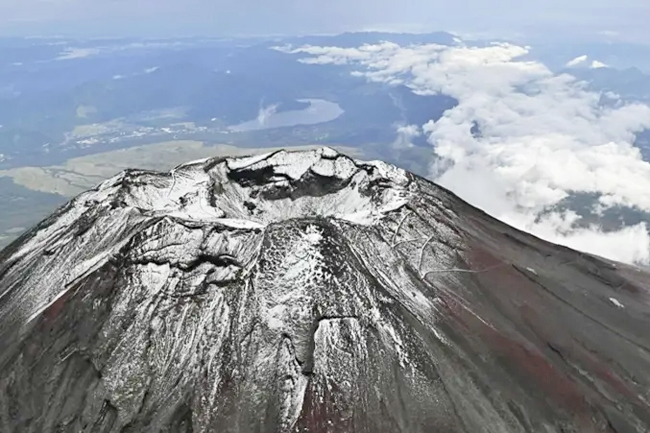


BERNAMA – The Japanese government started studying measures to mitigate damage from ash falls in Tokyo and its surrounding areas in the event of a large-scale eruption of Mount Fuji, aiming to compile guidelines later this year, Kyodo news agency reported.
An ash fall could paralyse urban infrastructure by disrupting rail networks and causing extensive power outages, and the government wants local governments and businesses to use the measures as a reference when adopting preventive steps.
“It is important to consider various possibilities, as a volcanic disaster would cause events that we have never yet experienced in our lifetimes,” emeritus professor at the University of Tokyo Toshitsugu Fujii told a meeting.
The government panel led by Fujii comprises five experts on volcanos.
In 2020, the government released its first damage estimates for the Tokyo metropolitan area in the event of an eruption of Japan’s highest peak, which straddles Yamanashi and Shizuoka prefectures west of Tokyo. In the worst-case scenario, the accumulation of ash could reach 10 centimetres (cm) in the capital’s Shinjuku Ward 15 days after the eruption starts.
Even small amounts of ash would cripple railways, likely causing suspensions of services in Tokyo, Ibaraki, Saitama, Chiba, Kanagawa, Yamanashi and Shizuoka prefectures.
With three cm of ash, some roads in the seven prefectures would become impassable except for four-wheel drive vehicles, according to the government estimates.
An estimated 490 million cubic metres of ash would need to be cleared away and disposed of, some 10 times the amount of waste generated from the massive earthquake and tsunami that devastated northeastern Japan in 2011.
There are also concerns over the impact an eruption could have on telecommunications and water and sewage systems.
The 3,776-metre Mount Fuji last erupted in 1707. At the time, eruptions continued for 16 days, leaving a layer of volcanic ash about four cm thick in locations in current-day central Tokyo, according to historical records.
-- Courtesy of Borneo Bulletin